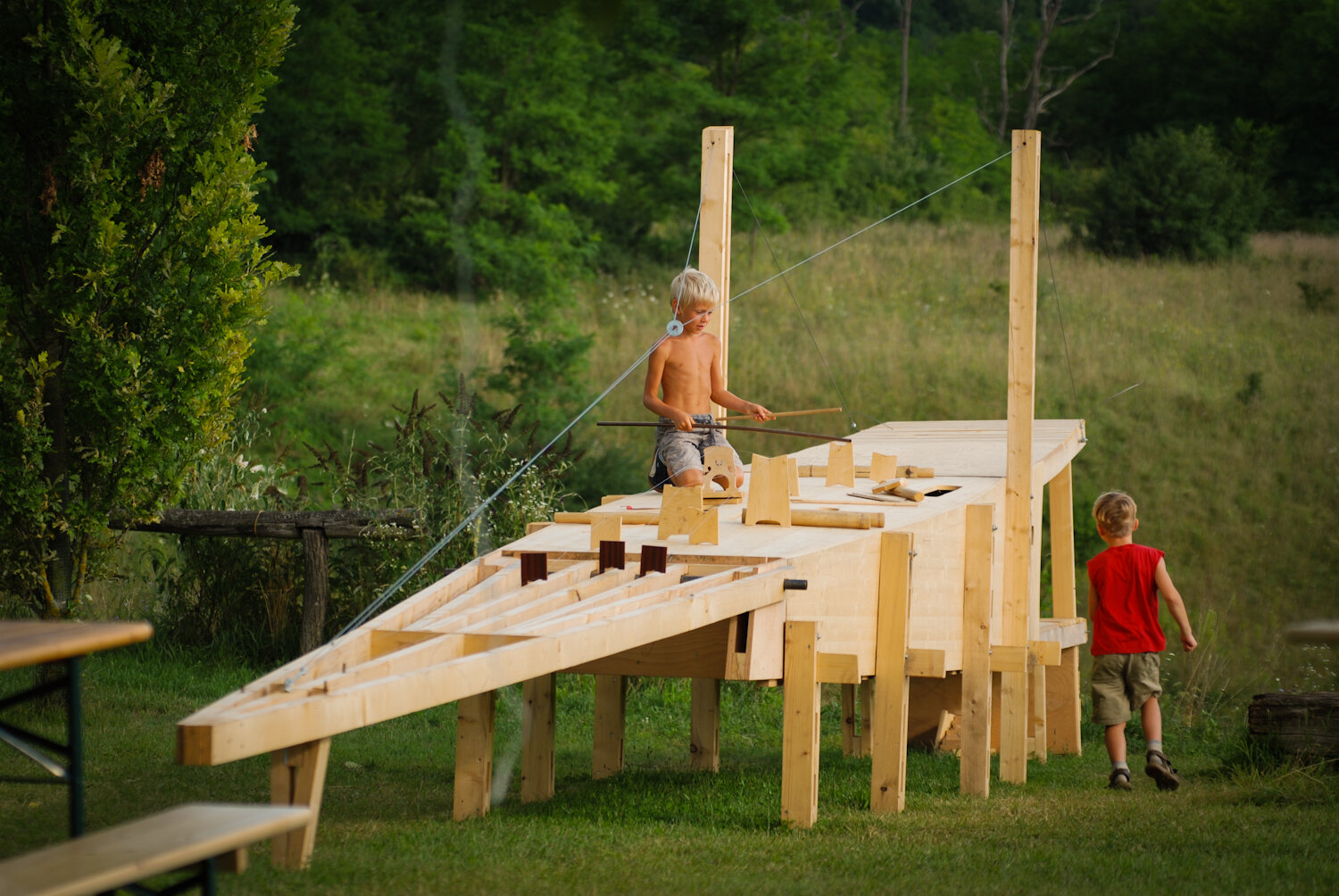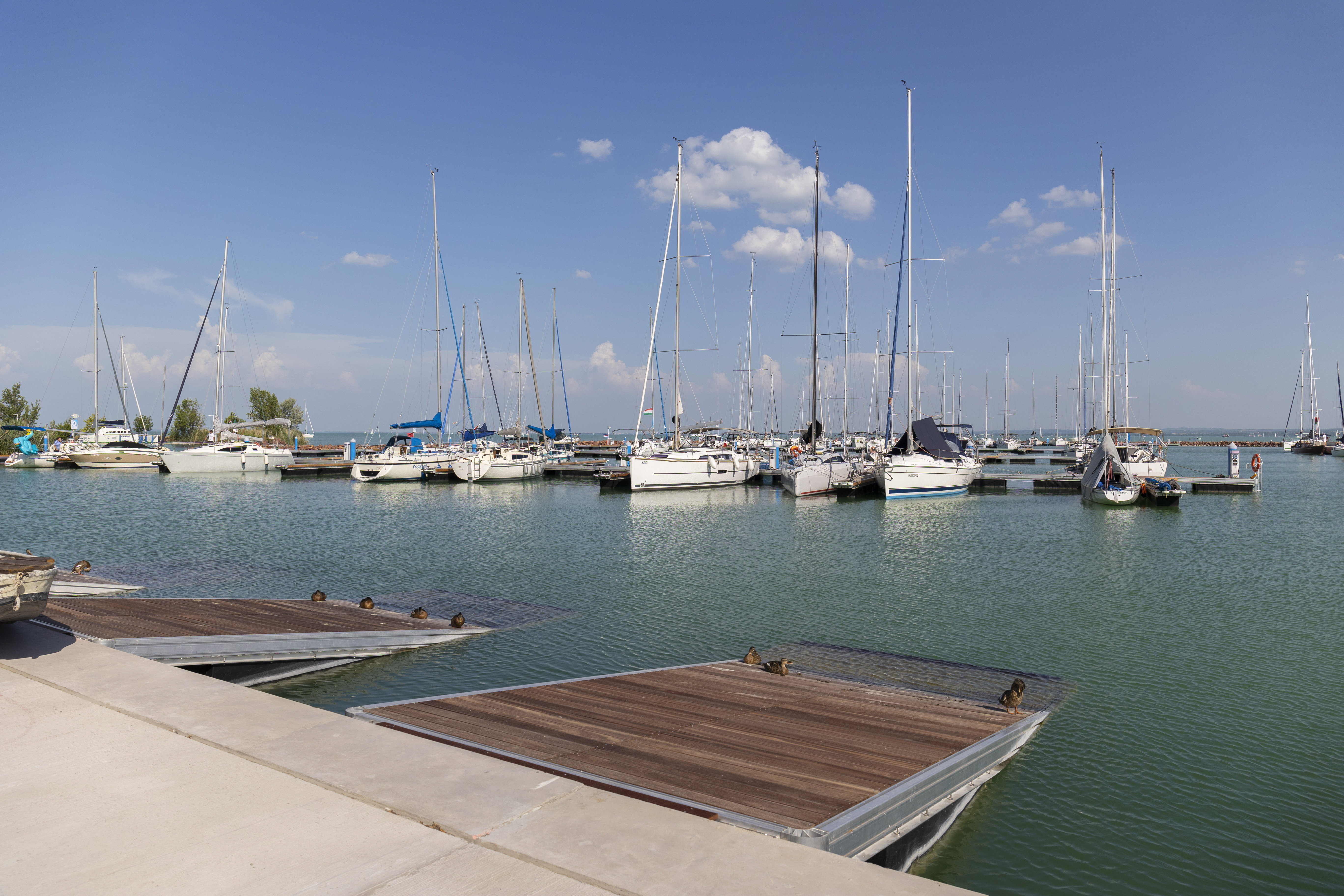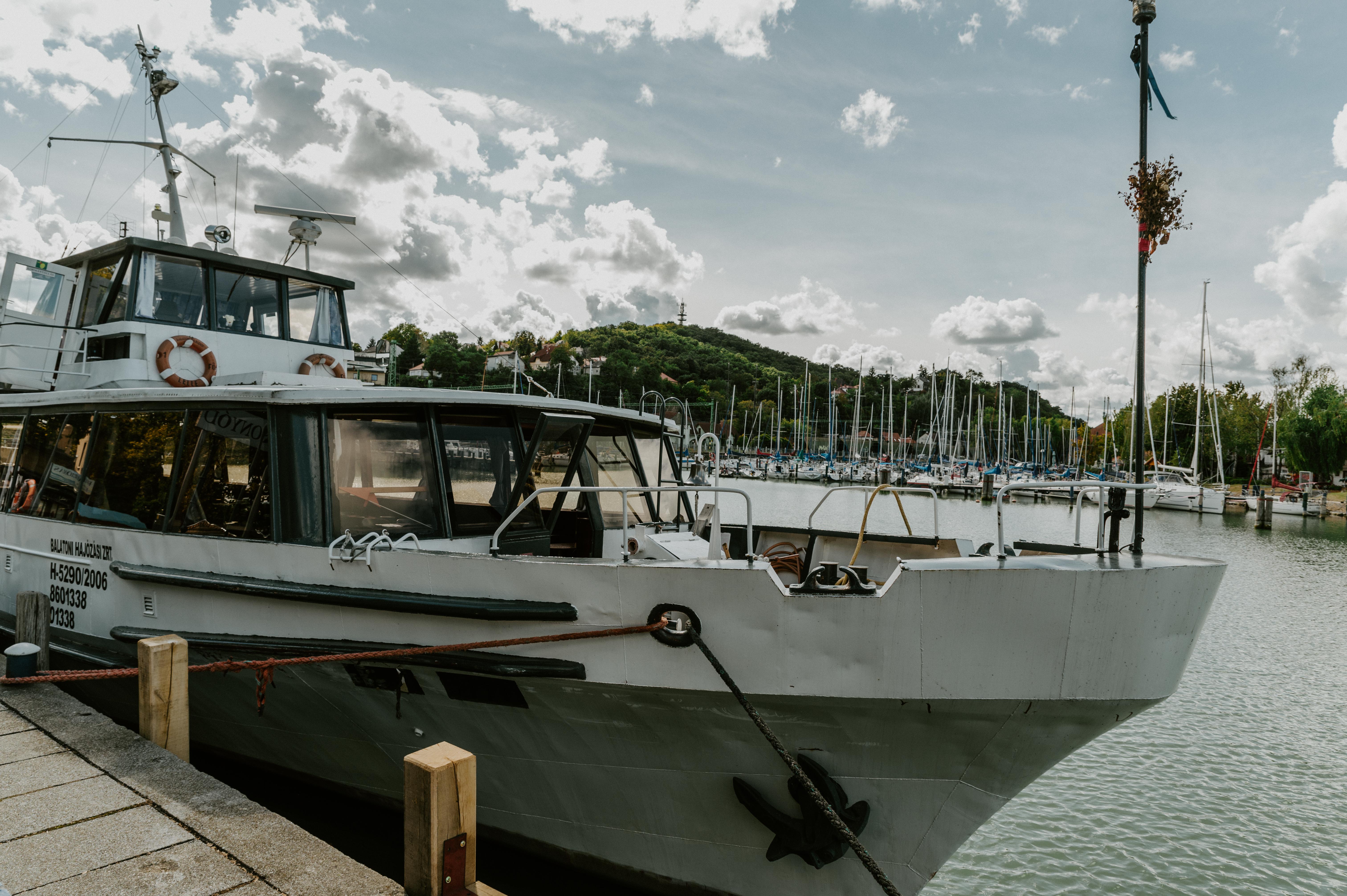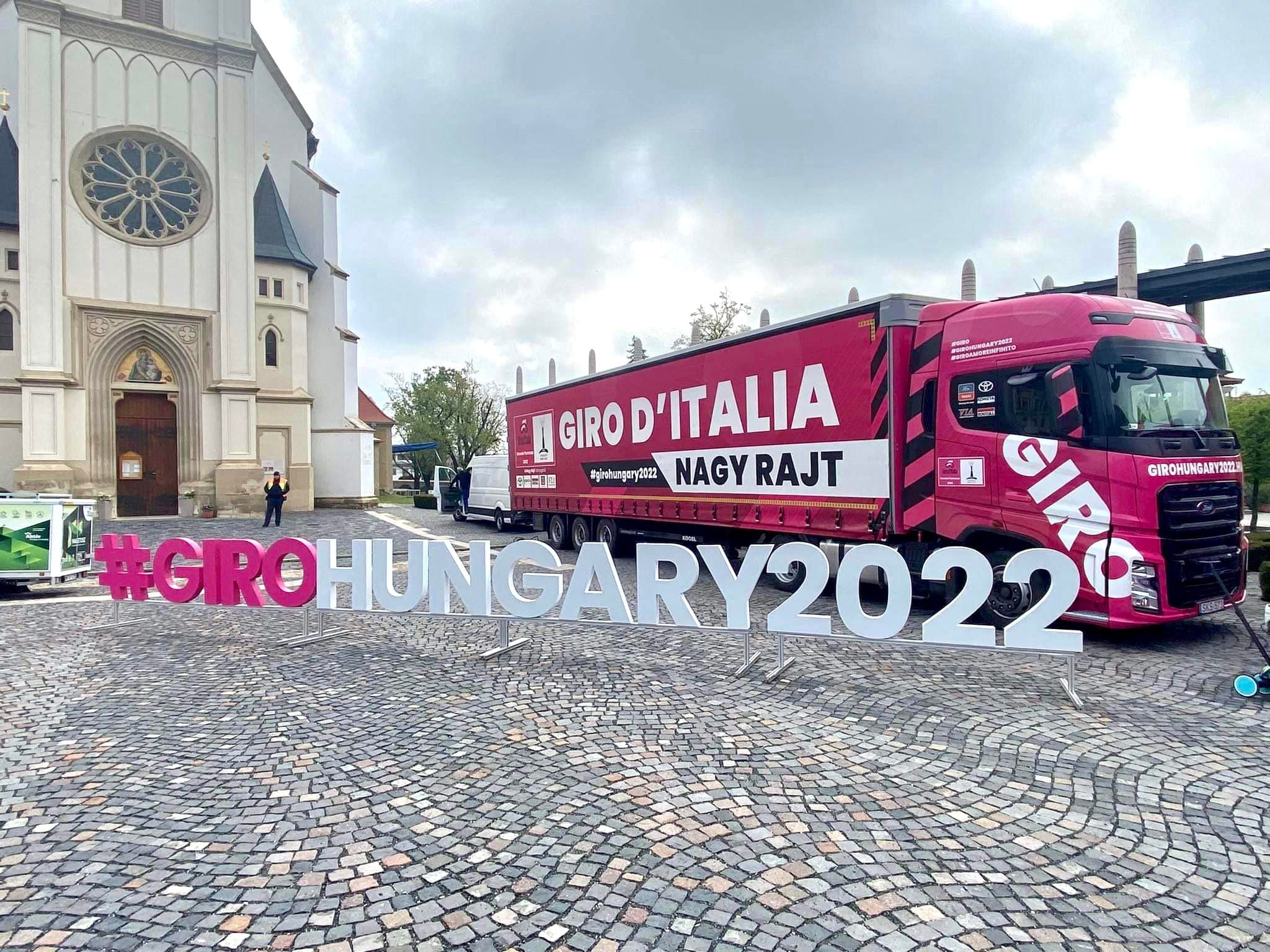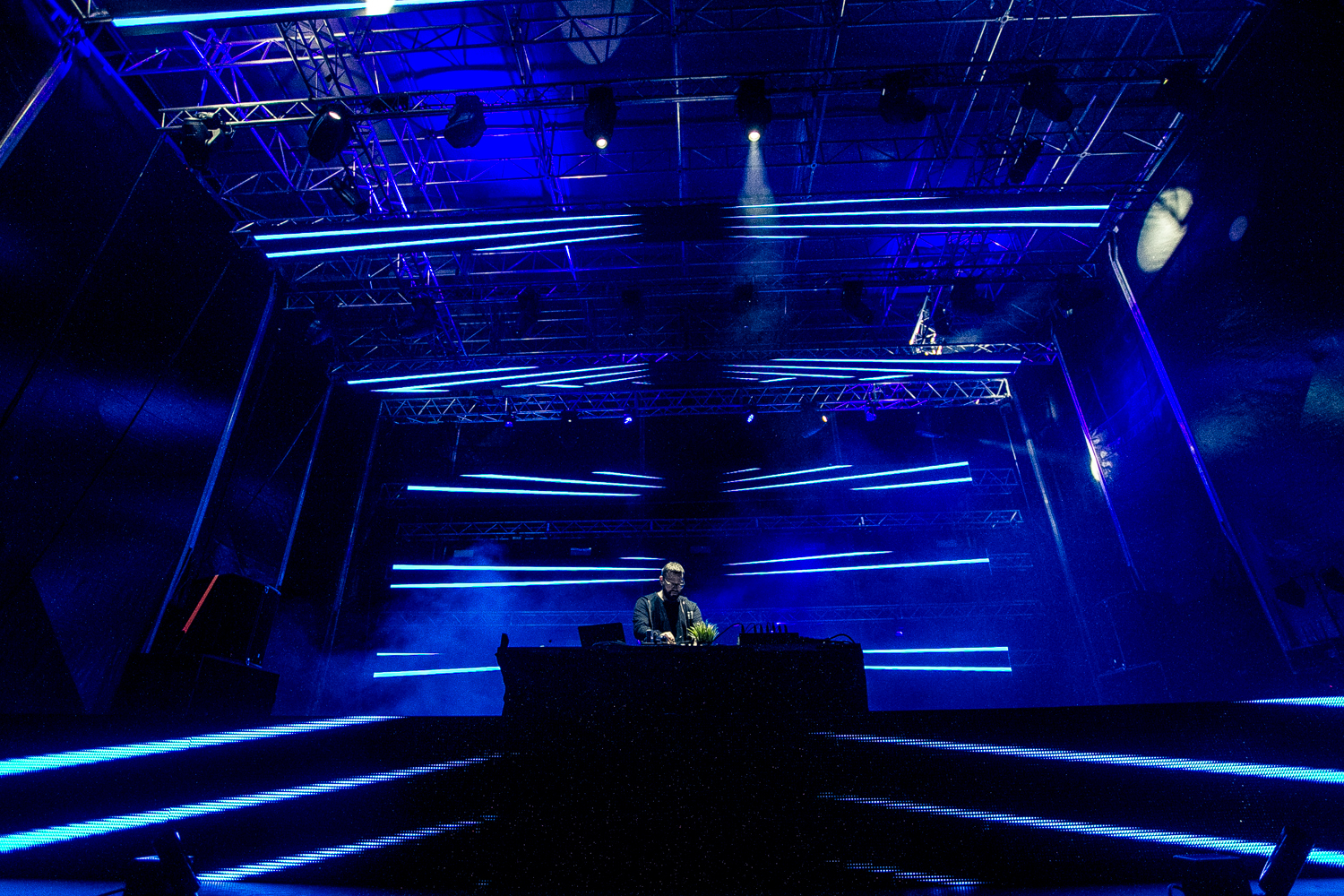WLB: How was Balaton Uplands, more exactly Csórompuszta chosen to host Hello Wood?
Péter Pozsár: Both the natural setting and the buildings of Csórompuszta are inspiring creativity. It possesses the isolation necessary for art, while Kapolcs or Vígántpetend are only 10 minutes away, should you need something. Csórompuszta gives you a sense of being closed off from the world, which knowledge is liberating.

WLB: The international Hello Wood camp will be held in Csórompuszta again, between 11 and 19 July, while Csopak will also return to the picture with Hello Wood Balaton, plus you'll be creating an independent little village in the Valley of Arts.
Péter Pozsár: Yes, we are doing these since Hello Wood has grown international. Of course, this has been one of our goals, and it is a recognition of our results that the festival was nominated for this year's Architizer+Award, one of the most prestigious awards of our trade. Being large scale and international, however, also means that there is significantly less time for preparing the projects. This is why we created Hello Wood Balaton in Csopak three years ago; this event will have its own image and theme this year. So far, it was an event to which we invited artists who could not be included in the main Hello Wood camp due to a lack of capacity, but this year, it will have a specifically domestic focus, with Hungarian participants only, hopefully with acclaimed Hungarian project managers, and current themes in the scope of interest of us, Hungarians. Hello Wood Balaton will take place before the main camp, between 24 June and 3 July. The main Hello Wood event will continue to be a closed, professional week with concerts and performances in the evening, but the installations created there will be moved to the Valley of Arts afterwards. We will also host a children's camp at the Valley, which is another novelty.
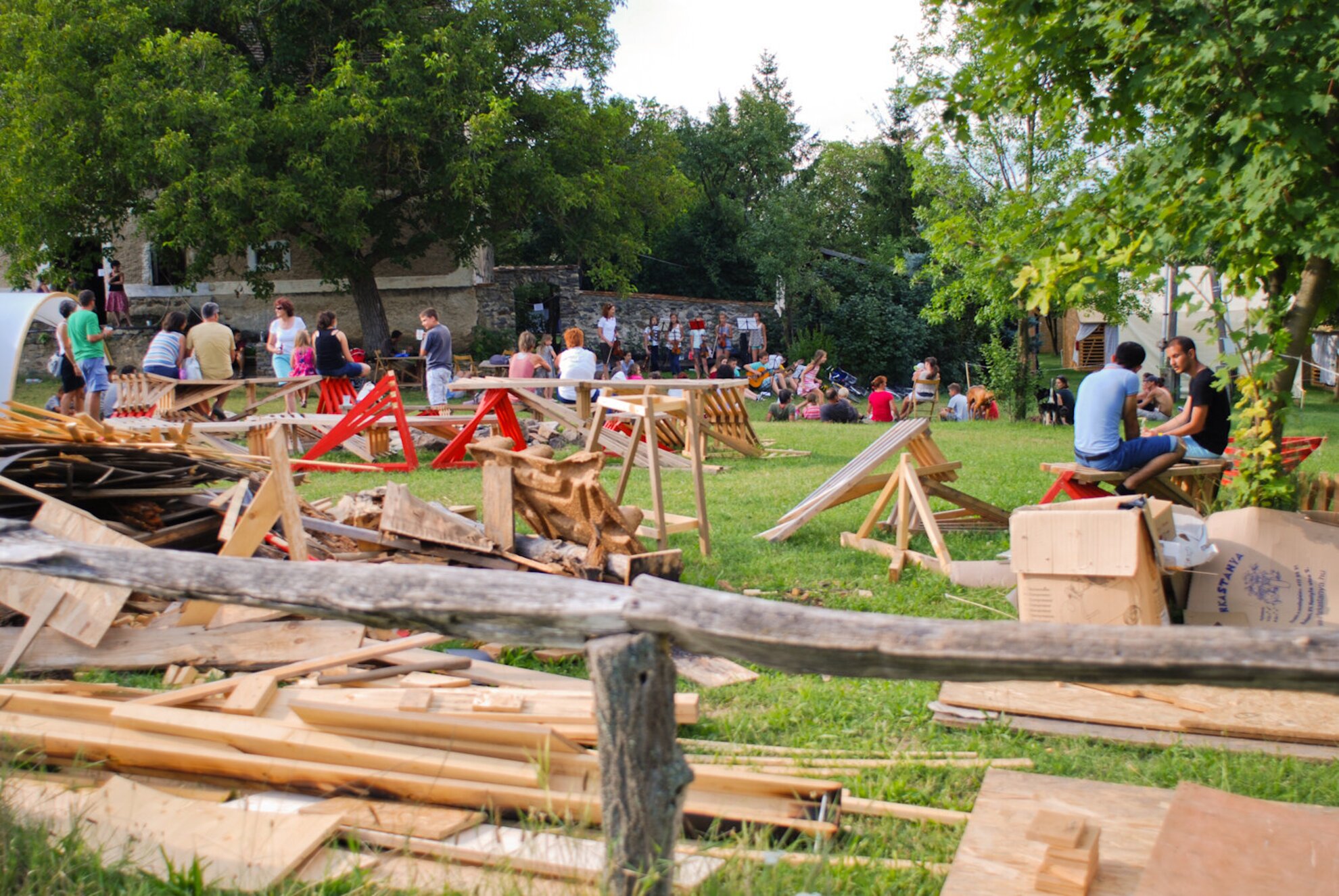
WLB: What is this year's theme at Hello Wood?
Péter Pozsár: Last year, we set a wide theme: creators had to design installations playing with balance. This year, we wanted something concrete, so we decided on village as the theme. Each participating project will create a building of the village, such as the church or the bar. As a novelty, groups will have to harmonize their tasks, since in the end, the building will have to be placed by each other, so they'll have to agree where to put the church or how to shape the main square. It will be interesting to see what village means for each of us. We organized a preliminary conference, where we learnt that East Europeans have quite different associations with the notion of village than, for instance, Germans or the Swiss have. The previous associate it with erosion, the latter are more positive.

WLB: Apart from the Valley of Arts, where can we see the finished installations?
Péter Pozsár: We will again take the installations to Sziget Festival, but they will also be on show at the Valley of Arts, as well as at the Design Week. This year, we would like to follow-up and document the afterlife of the installations. It will be exciting to see how the model village will "come to life" in a real village, in the Valley of Arts. Then we'll see how the festival-goers will use them in August, and how, for instance, a wooden church that people can enter worked in an urban setting at the Design Week.
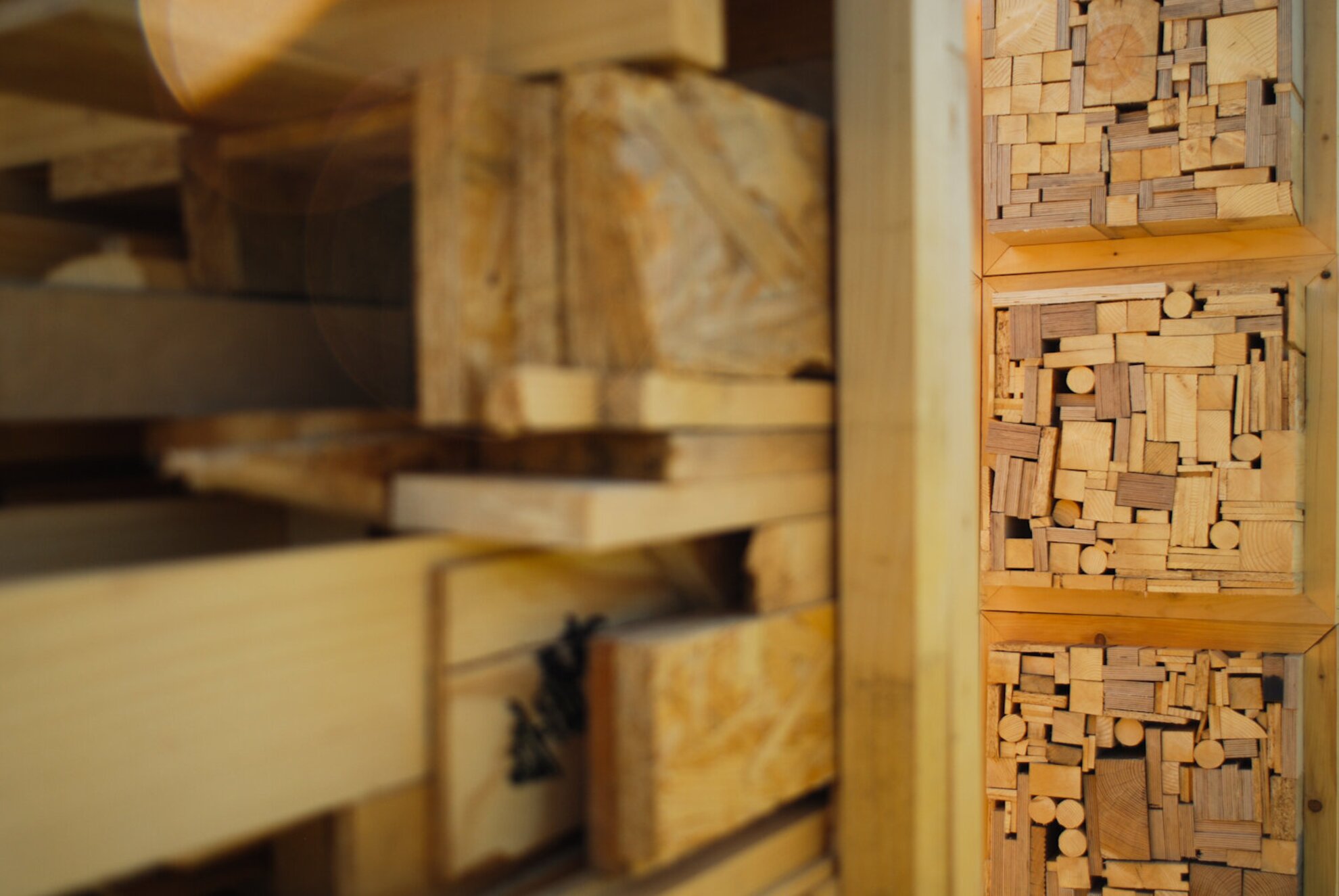
WLB: Aren't the creators troubled by the fact that the finished installations will be dismantled?
Péter Pozsár: I don't think there is a problem with that: re-usability is part of the spirit of Hello Wood. The essence of this camp is to model architectural experiments. The emphasis is on the creative process, the joys of experimenting, on how we realise something we modelled on a computer. The majority of the installations will be then dismantled and the wood re-used in the following year, but there were examples of people buying some of the creations or a settlement keeping an installation they grew to love. For example, the wooden tiger by the road has become a kind of a symbol in Szakácsi, and the tendril by the bike path in Csopak is more and more organic to the city.
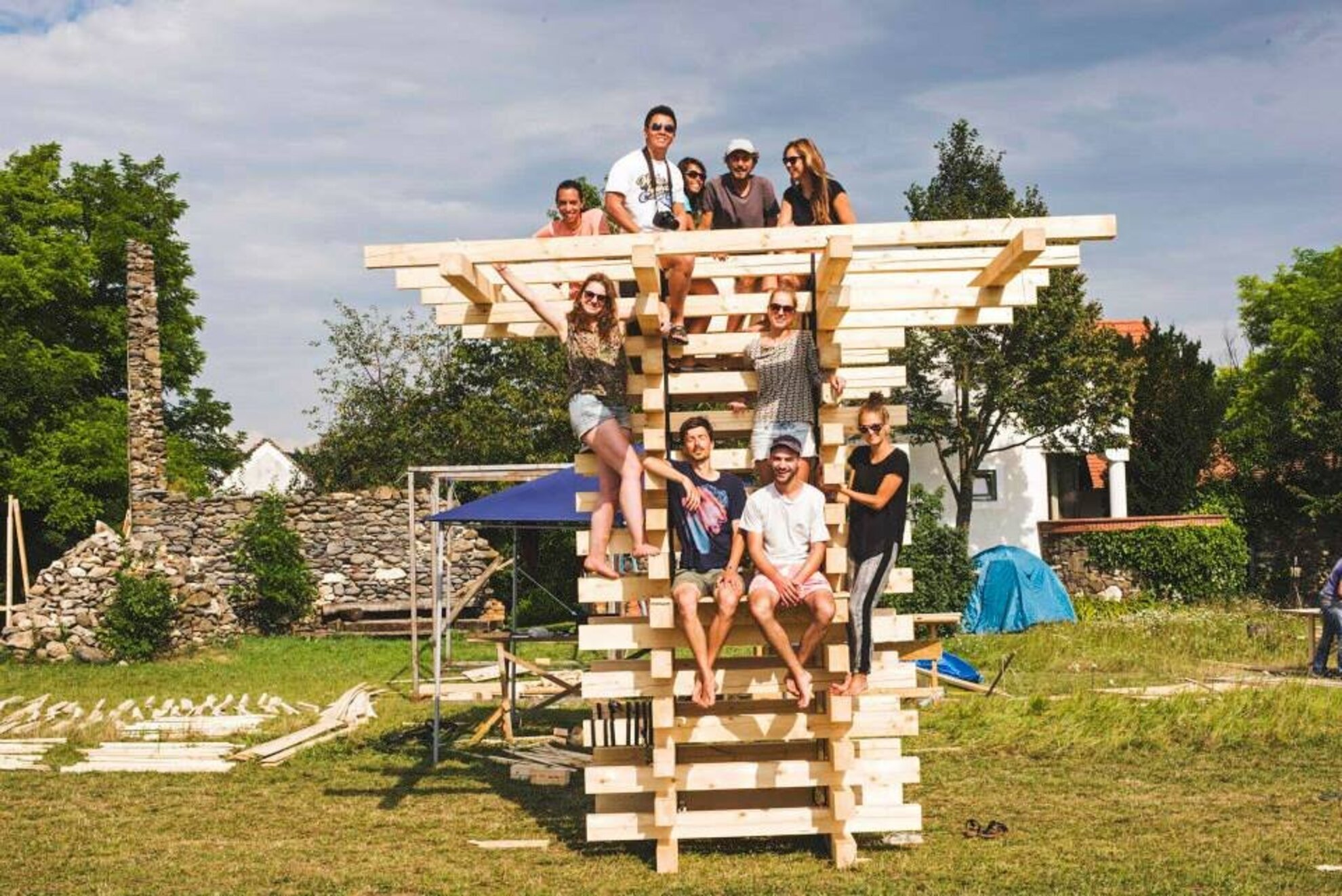
WLB: Why are you using wood each and every time?
Péter Pozsár: We follow the example of a Danish program. Wood - pine, to be exact - yields the most easily. There is no other material that can be used so effectively to create installations. You can only sketch works of architecture in such a short amount of time with wood. We also use metal junctions, but the installations are essentially wooden.
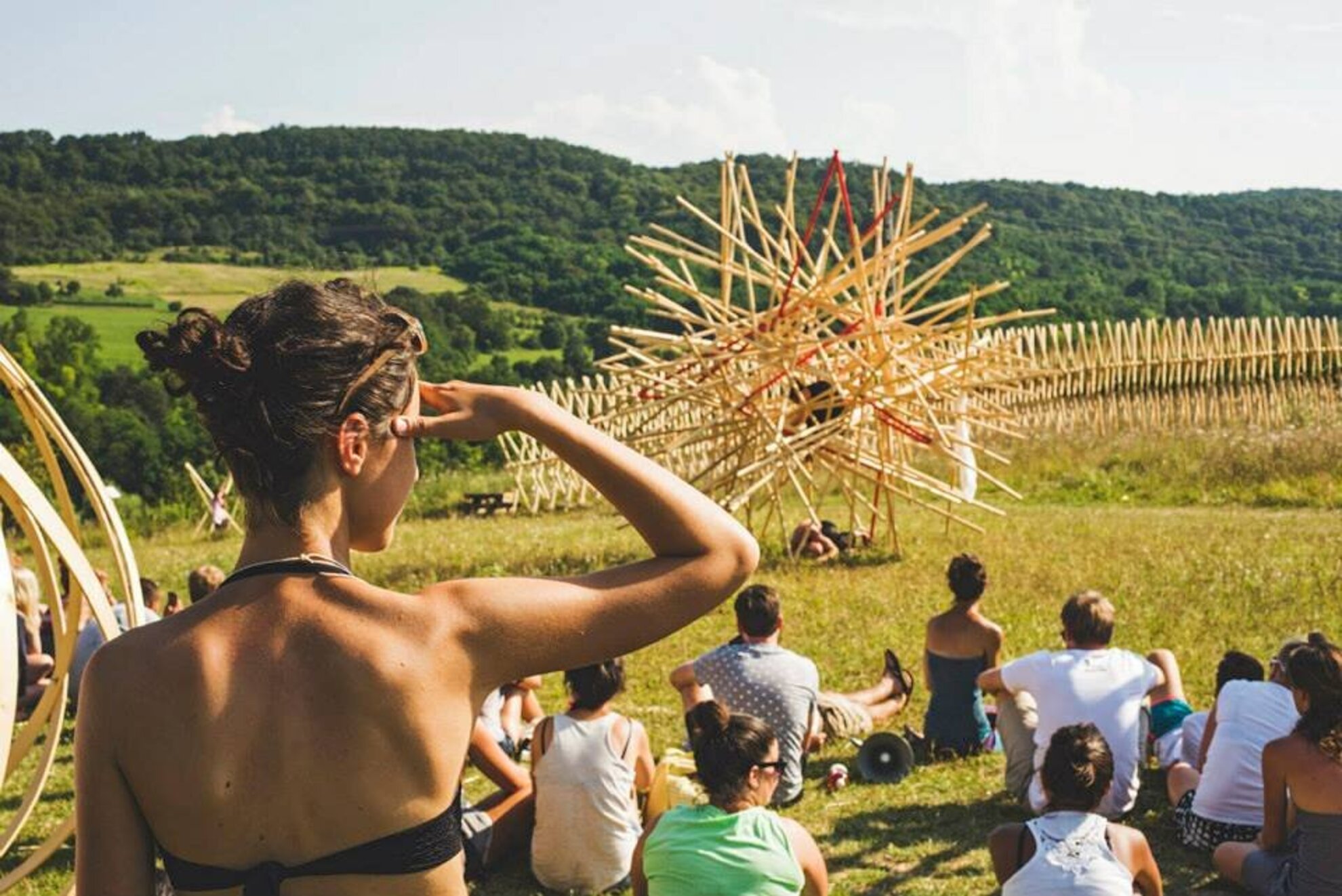
WLB: Since you've been involved with Hello Wood, you've been spending almost the entire summer by Lake Balaton. How much, do you think, the region evolved in recent years?
